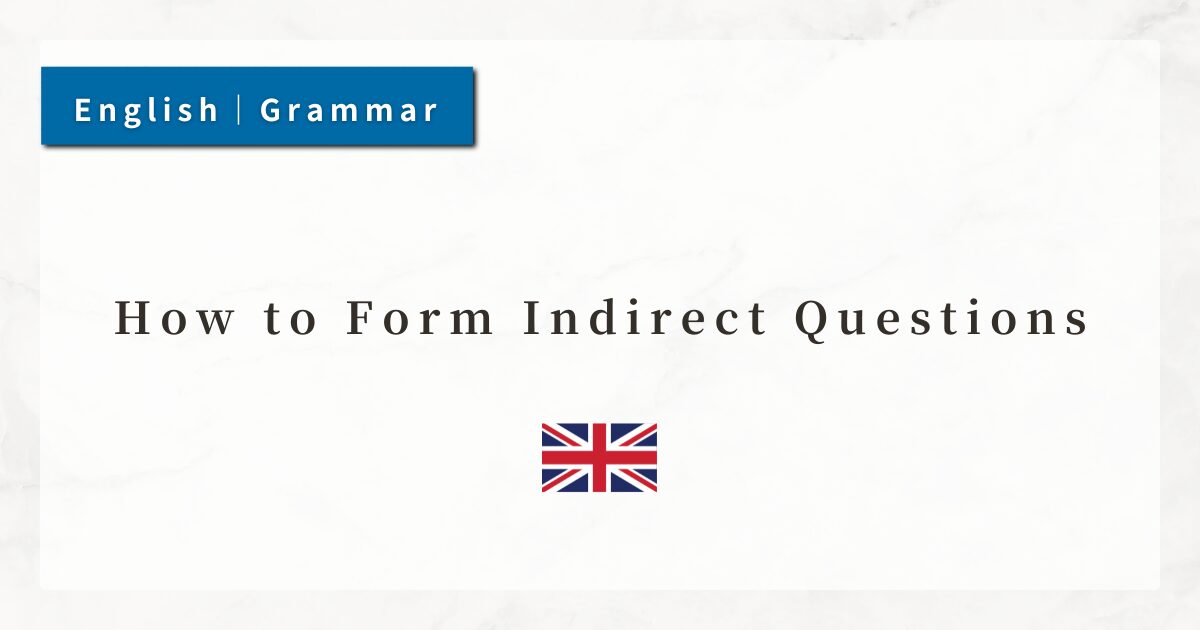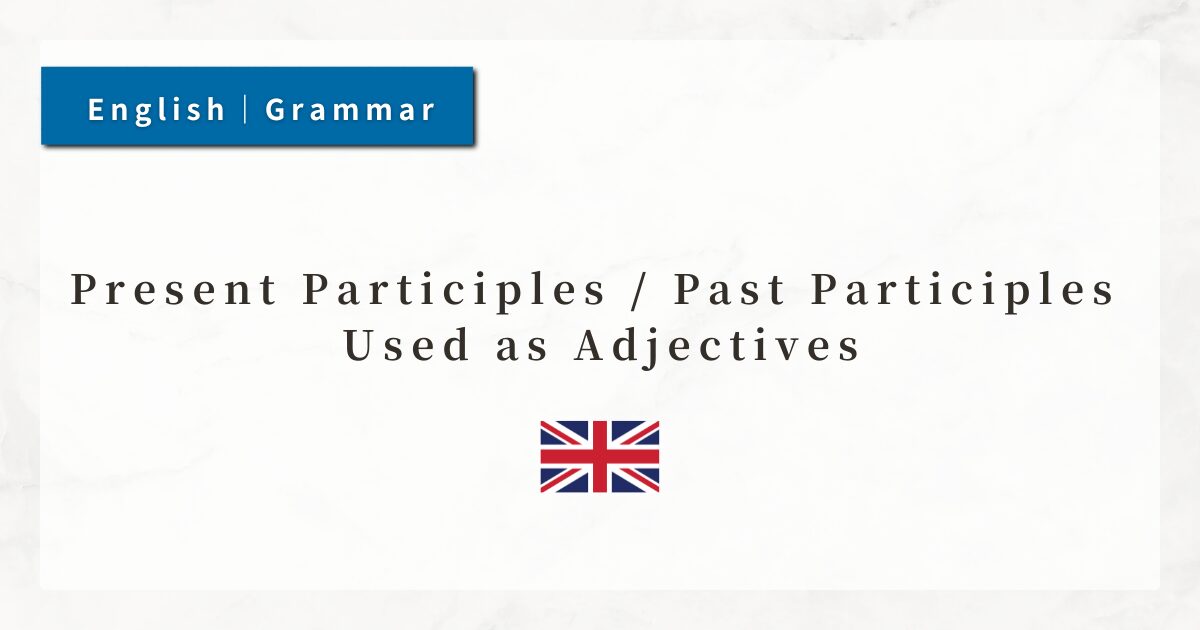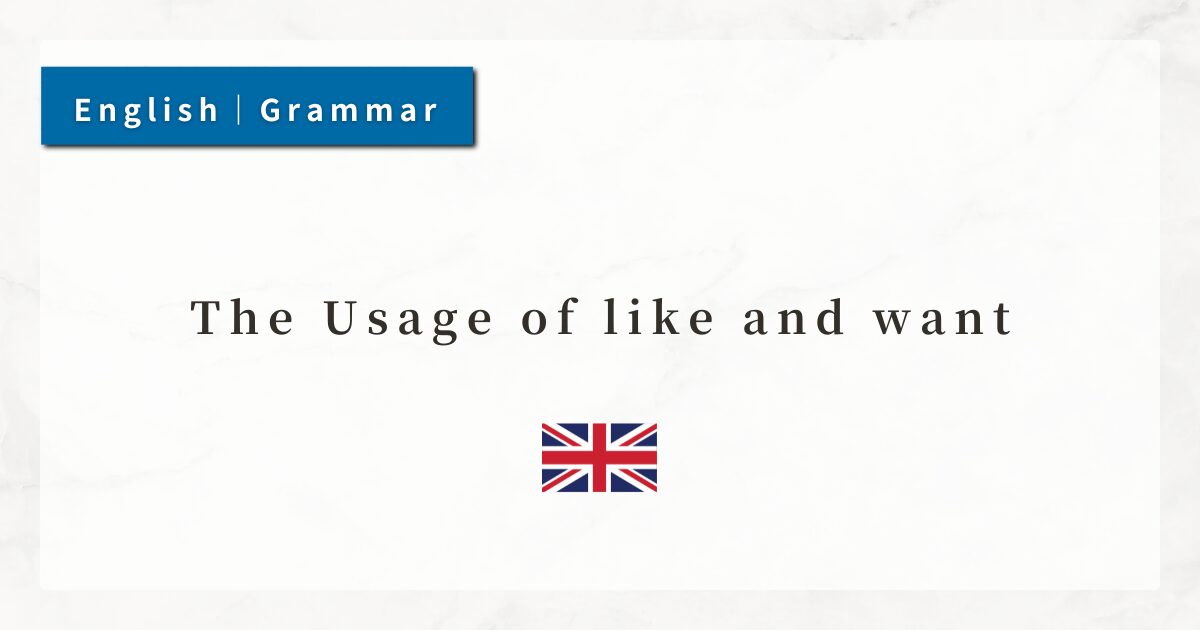#38 How to Form Indirect Questions|Basic Structure and Example Sentences

In English, we often embed questions such as “whether …” or “what …” within a sentence. These are called indirect questions.
Unlike direct questions, which are asked directly to someone, indirect questions function as a part of a larger sentence.
In this lesson, I will explain the basic structure and usage of indirect questions.
1. Basic Rules of Indirect Questions
Indirect questions are used by embedding a “question” within a sentence. At that point, the word order follows the normal structure of a statement (subject + verb).
Unlike direct questions, there is no inversion (where an auxiliary or the verb be comes before the subject).
- Direct question: Where is she?
- Indirect question: I don’t know where she is.
In an indirect question, the order becomes “subject + verb”, as in “where she is.”
Indirect questions are often used with the following expressions:
- I don’t know 〜
- Do you know 〜?
- I wonder 〜
- Could you tell me 〜?
2. Embedding Yes/No Questions
When embedding a Yes/No question (expressing “whether …” or “if …”), we use if or whether.
if (whether … or not)
- Direct question:
Is he at home? - Indirect question:
I wonder if he is at home.
whether (a slightly more formal expression)
- Direct question:
Will it rain tomorrow? - Indirect question:
Do you know whether it will rain tomorrow?
Both if and whether generally have the same meaning, but whether sounds slightly more formal. It is also frequently used when presenting two alternatives, as in “whether … or ….”
3. Indirect Questions with Wh-Words
When the question begins with a wh-word (who, what, when, where, why, how), the word order becomes the same as in a statement: wh-word + subject + verb.
- Direct question:
What does she want? - Indirect question:
I don’t know what she wants.
Here, does disappears, and the order becomes “she wants.” In the past tense, the verb must also change accordingly.
- Direct question:
When did they leave? - Indirect question:
Do you know when they left?
In this case, did disappears, and the verb changes to the past form (left).
4. Indirect Questions as Polite Expressions
Indirect questions can also be used to make speech softer and more polite.
- Direct question (more straightforward):
Where is the station? - Indirect question (more polite and indirect):
Could you tell me where the station is?
Thus, indirect questions are very useful in conversations when you want to ask politely without sounding too direct.
5. Summary
- Indirect questions embed a question (e.g., “whether …” or “what …”) within a sentence.
- Word order must follow the structure of a statement (subject + verb); inversion does not occur.
- Yes/No questions → use if or whether.
- Wh-questions → use what, where, how, etc., followed by statement word order.
- Indirect questions make speech more polite and are especially useful in conversation.




